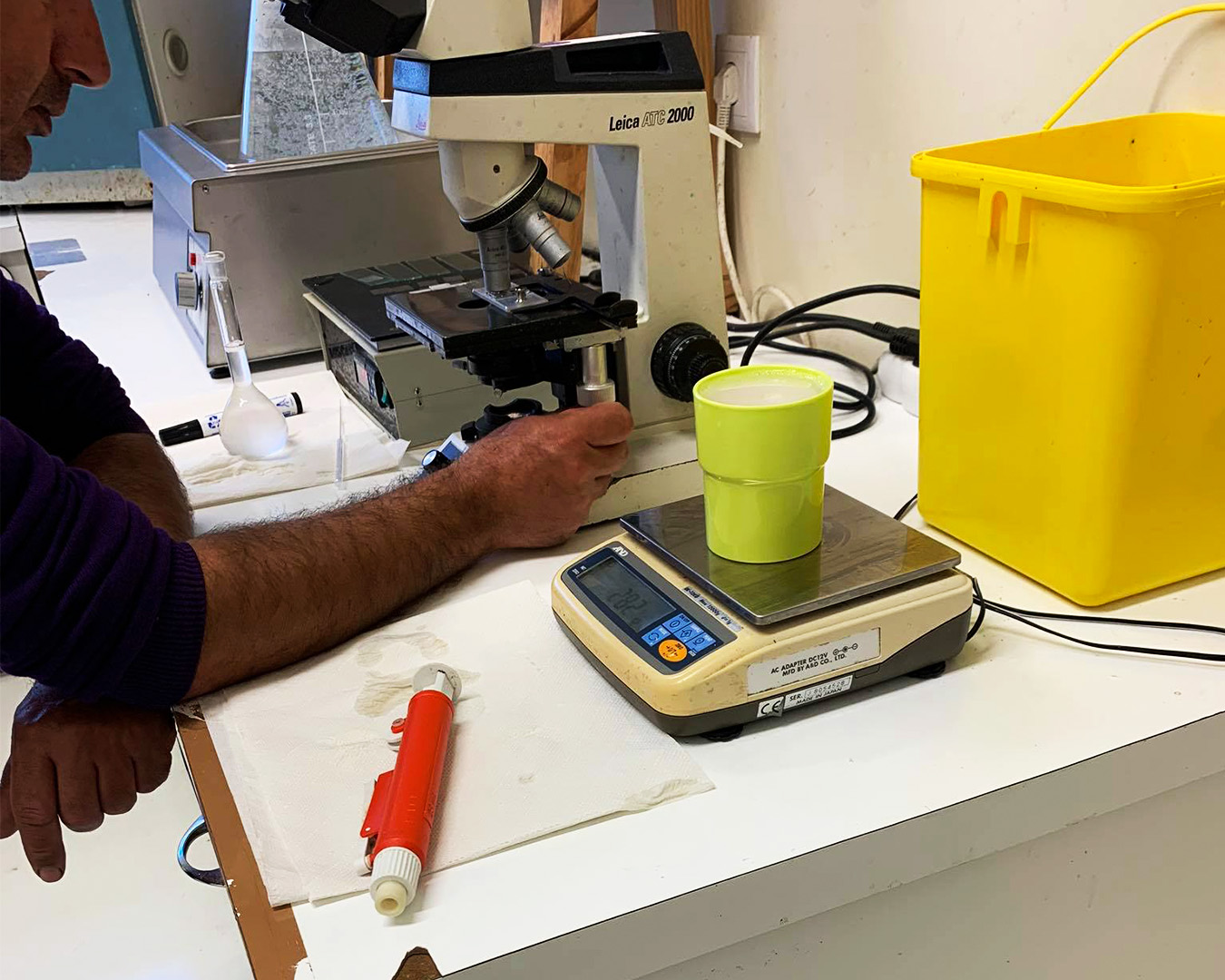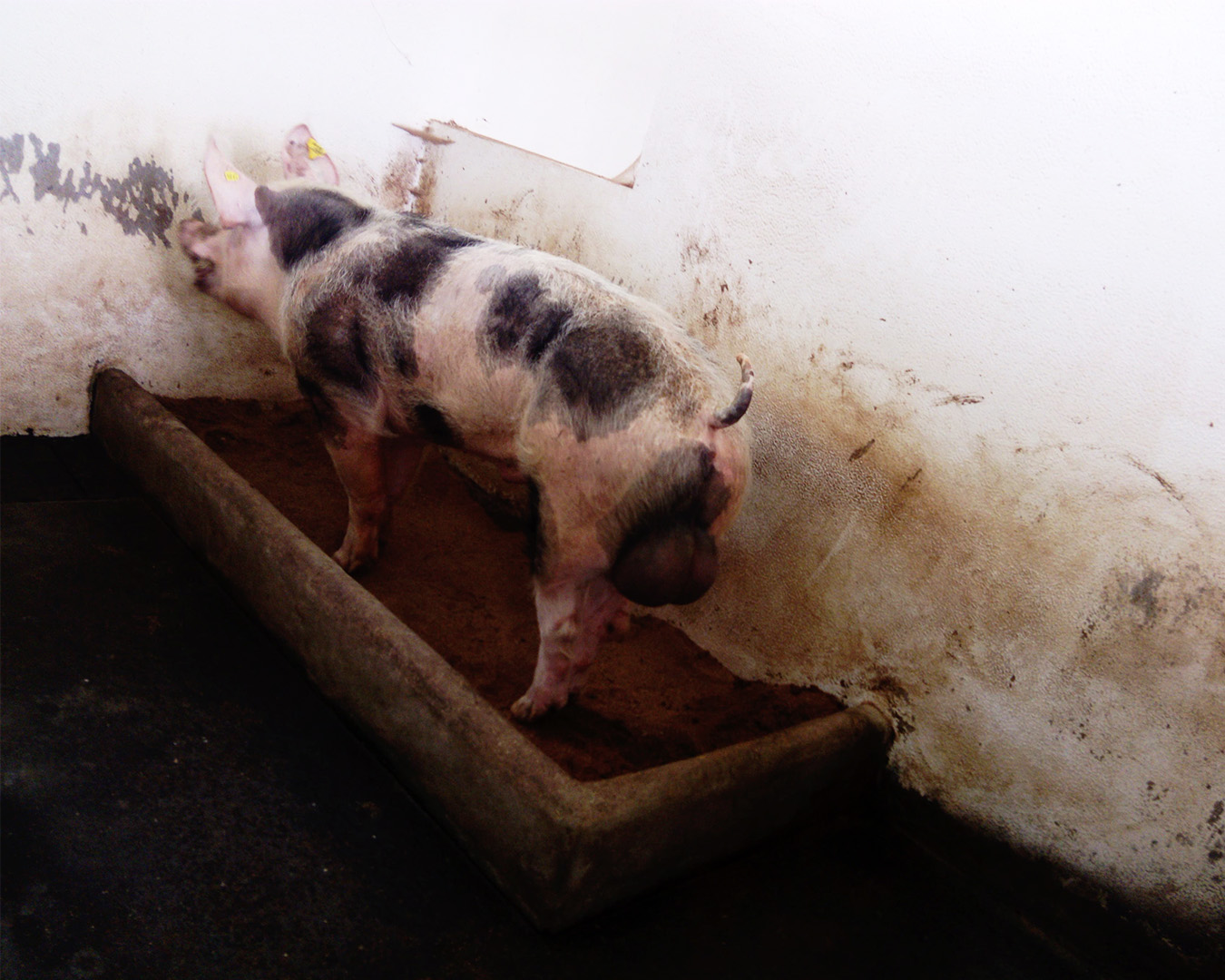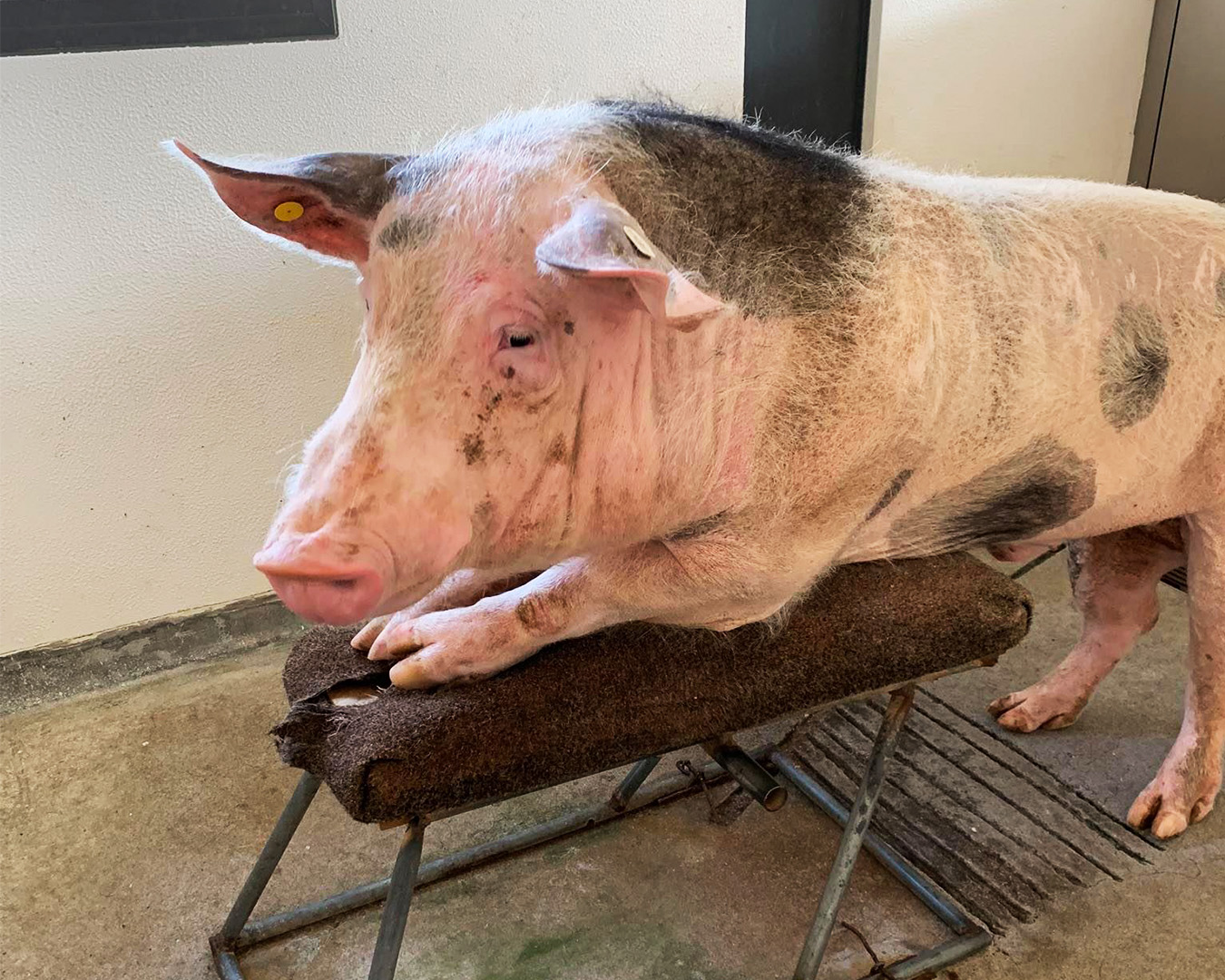
| Acronym: | CRYOTEC |
| Cost Center: | 842 |
| Operation Code: | ACORES-01-0145-FEDER-000092 |
| Title: | Swine semen cryopreservation; a physical, cellular and genetic approach to preserving sperm fertility after thawing |
| Start-End: | 15-05-2019 - 31-12-2022 |
| Entidade Beneficiária Principal: | Fundação Gaspar Frutuoso |
| Gestores da FGF: | Lúcia Cláudio |
| Responsible Researcher: | Joaquim Fernando Moreira da Silva |
| R&D Units: | IITAA - Instituto de Investigação em Tecnologias Agrárias e do Ambiente |
| Entidade | Montante |
|---|---|
| Total Eligible Cost | 187.498,21 € |
| Direção Regional da Ciência e da Tecnologia (15.0 %) | 28.124,73 € |
| PO Açores 2020 - FEDER (85.0 %) | 159.373,48 € |
Main Objectives:
In addition to increasing efficiency from a technical point of view, cryopreservation will increase efficiency from an economic point of view, improving the income of pig farmers, providing better conditions for economies of scale and increasing quality production and intelligent specialization-oriented. This project could improve the logistics inherent to the contracting of semen suppliers, improve conditions for the creation of new companies in the biotechnology area, improve stock values and make semen available in seasonal periods of lower productivity of the existing assets of the farms. Overall, the success of this project could provide better conditions for pig companies, allowing them to use a new method to respond to the market, improve their sustainability from a financial point of view, reduce logistical constraints, leading to an increase in market competitiveness. pork from the Azores.
Project Description:
The methodologies used throughout this project in order to achieve the proposed objectives are, in a first phase, after collecting boar semen, the use of different extenders, the addition of antioxidants, as well as different freezing curves in order to increase the percentage of live spermatozoa with fertilizing capacity after thawing.
In a second phase, the collection of ovaries from sows slaughtered at the local slaughterhouse will be carried out, subsequent puncture of the oocytes, maturation and in vitro fertilization using fresh and thawed semen, allowing us to compare the fertilizing capacity of frozen semen.
In a third phase, we will use frozen semen for artificial insemination in sows, as well as the implantation of in vitro produced embryos in sows, allowing us to compare the results obtained with the methods developed versus traditional methods.
Results:
The results of this project can be divided into two stages:
- In a first step, the viability/fertilizing capacity of boar semen after thawing allows us to infer from the best boar semen freezing protocol, both in terms of sperm metabolic activity, either in terms of physical parameters, such as movement capacity, displacement speed, sperm cell integrity, among others. These results obtained in vitro will be complemented with the results of the in vitro fertilizing capacity from the fertilization of oocytes matured in the laboratory at different times, as well as the freezing/thawing protocol of the semen. The results obtained at this stage, both in terms of viability/motility and in terms of fertilizing capacity, will allow the passage to the in vivo stage in which the viability of frozen/thawed semen, as well as in vitro produced embryos, will be tested using the herds of pig farms in the Azores that joined the project. Hopefully, at the end of the investigation, we will be able to obtain a fecundity and prolificity rate identical to that obtained in swine farms using fresh and chilled semen.
The results of the current project will also serve to obtain estimates of the evolution of the prolificity of sows in the different participating pig farms, since the employees assigned to this project will regularly monitor the reproductive procedures throughout the cycle, ie from artificial insemination to weaning of the piglets and insemination of the next cycle.
Finally, we intend to test the extent to which it is possible to apply the protocol developed to carry out routine artificial insemination, namely for the production of gilts to be used as future sows, or in periods of scarcity of semen.
Consequently, in addition to advancing the fundamental knowledge of sperm metabolism after freezing/thawing, the CRYOTEC project will have several potential applications in the economic and technological domains, through multiple societal challenges.
We hope to be able to register a patent in which the entire procedure from semen collection to thawing can give us rights to prevent third parties from producing, using, selling, importing, the entire protocol without our consent, giving us total exclusivity over the management of this technology.
During the project, we will communicate our results to the scientific community through publications in high-profile international scientific journals. We hope to publish at least four articles directly related to this project.
In the final phase of the project, a Scientific Workshop will be organized at the University of the Azores to disseminate the results among owners/employees of local pig farms, students and other professionals. In addition, the Post-Doc associated with this project will lead training actions with stakeholders and at least one of these sessions will be implemented on São Miguel Island.







